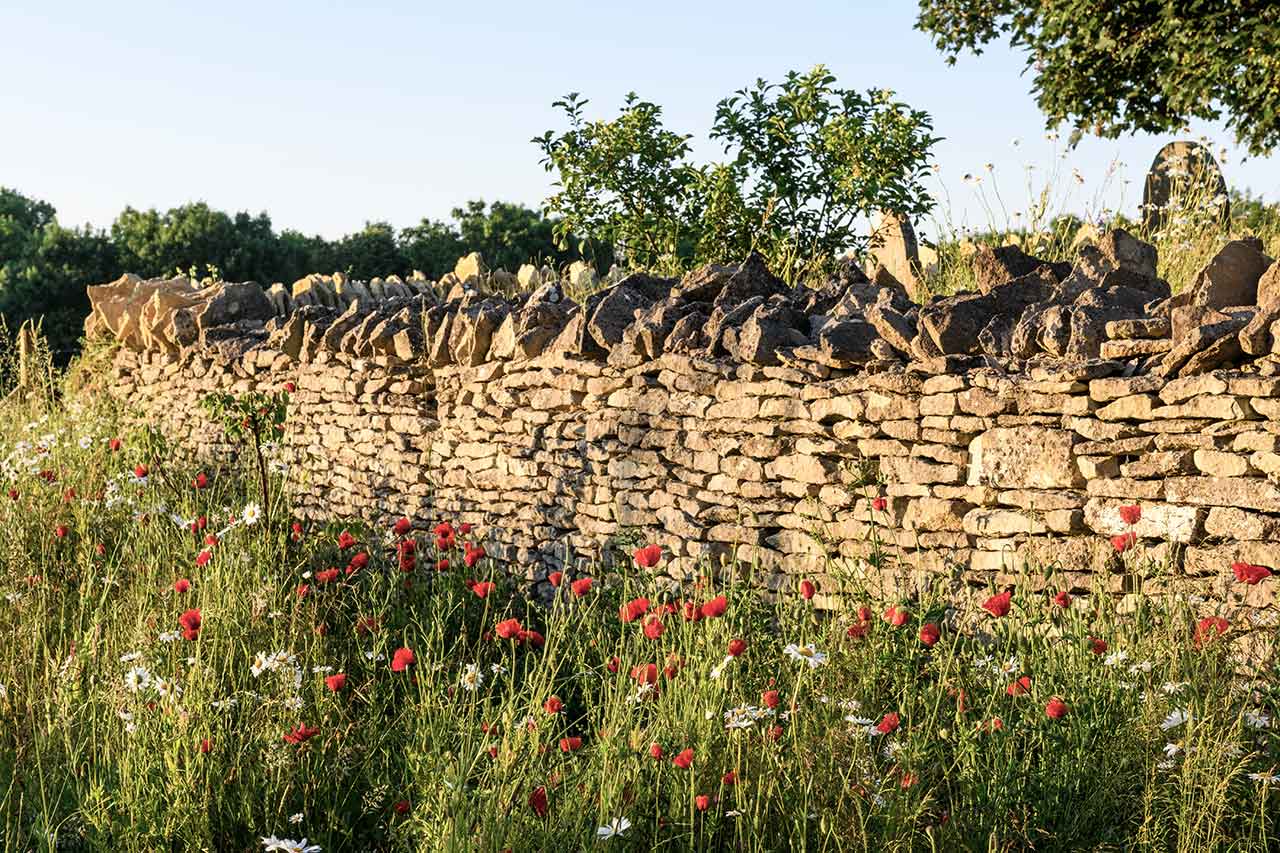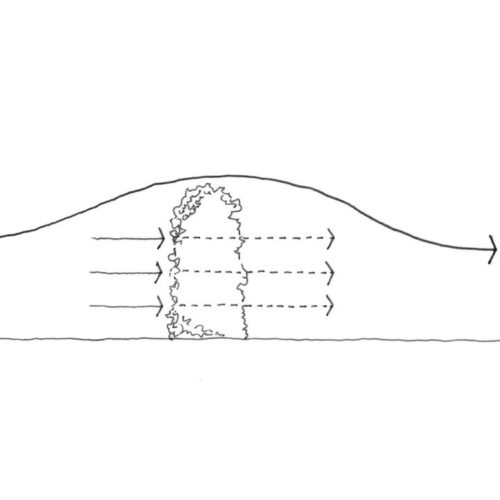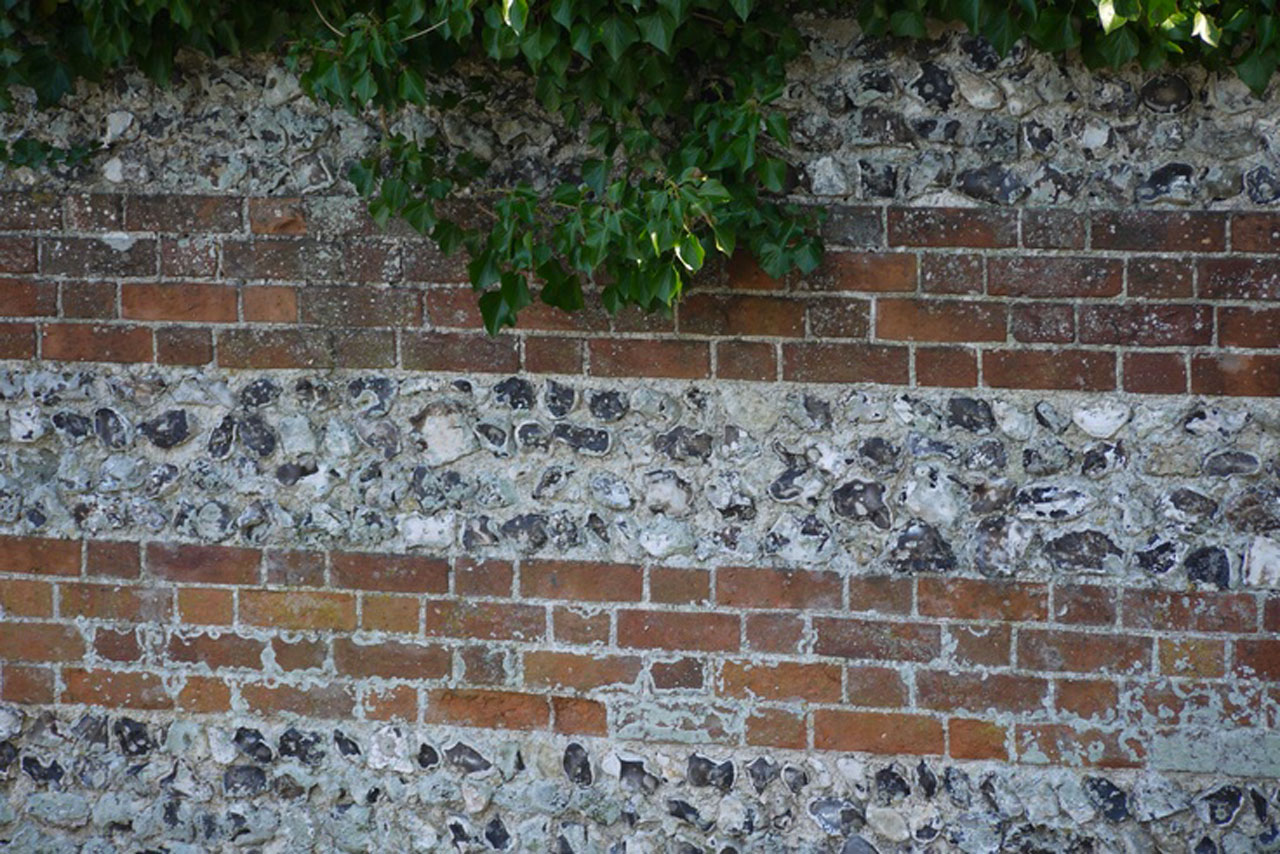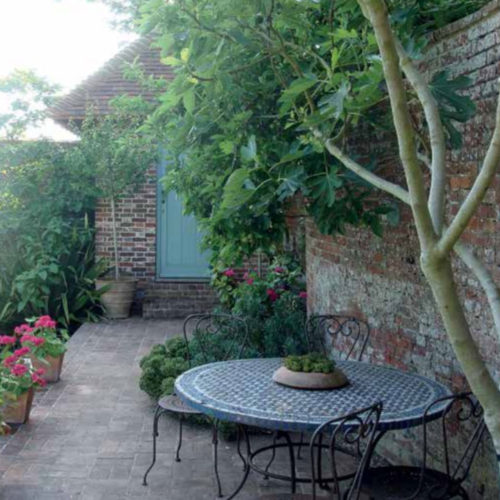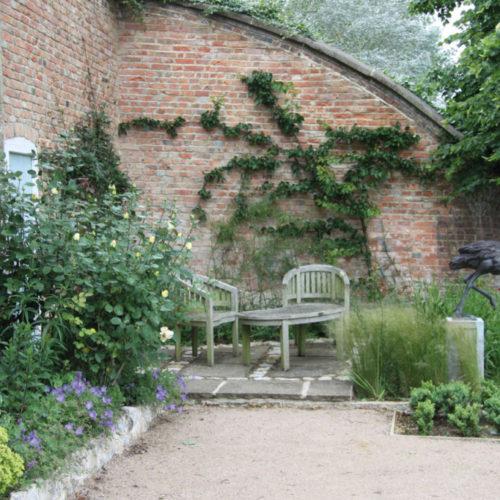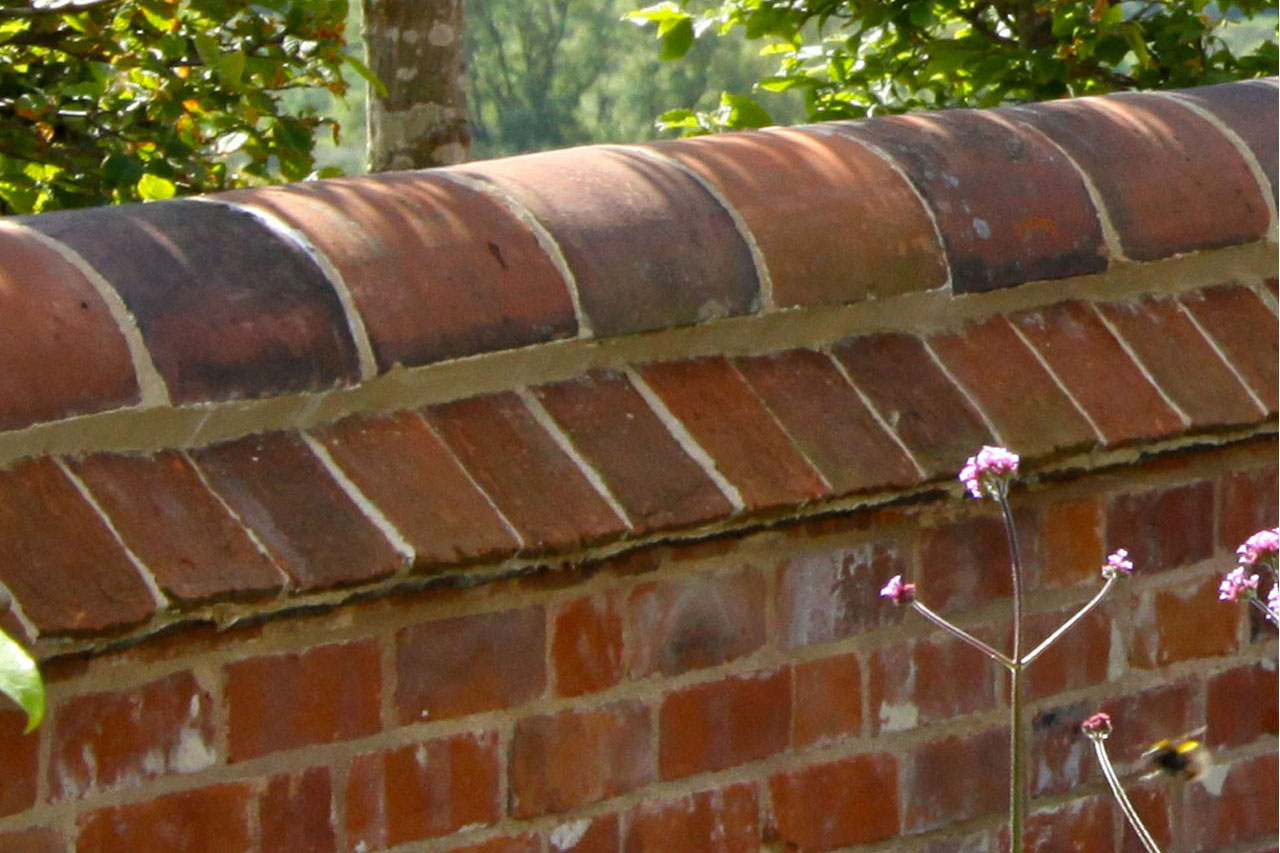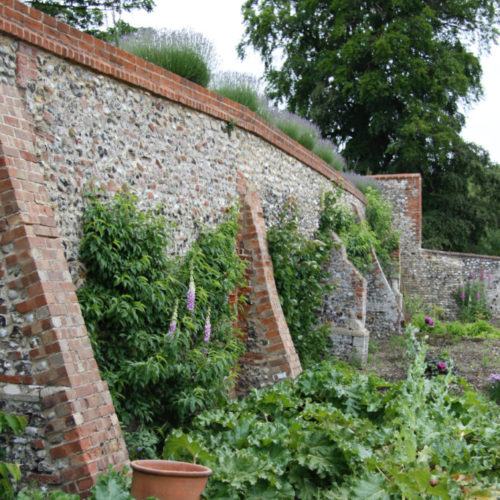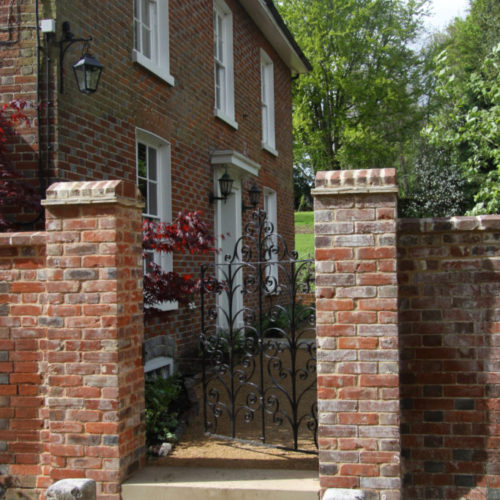The Warmth Of Walls – Using Solid Structure To Create A Garden Framework
There is something comforting about an old garden wall that draws one in to shelter beside it, in the same way as you might hug a tree. If you are lucky enough to have good quality old walls then repair is generally better than replacement, and if your house is listed it is likely that the garden walls will be too.
Using solid structure to create a garden framework
If you are thinking of creating a new boundary the choice between a hedge and a wall will be partly down to security and partly to cost. Walling materials will be many times more expensive than a hedge but if well built will need minimal on going maintenance and will of course provide a good secure barrier.
Walls provide shelter
But if it is shelter from wind that you need then something permeable like a fence or hedge can be more effective as it will filter the wind and slow it down, whereas a wall can actually exacerbate windiness by creating a mini eddy effect on the lee side (see diagram below) and so it may be beneficial to have both a wall and a hedge in some cases.
Walls absorb heat
The south or west facing wall can extend your growing season to get your roses blossoming earlier and also allow you to grow sun loving or more tender things with their protection. A north facing wall can be dark and damp at its base and so maintaining air flow and drainage will be important to prevent slippery moss forming.
Walls create spaces
Or garden rooms by providing a visual and physical barrier and if low enough can also provide seating. I like to top a low wall with a thick bench of oak for a warm seat in the sun.
Material choice
The material you choose should suit the local vernacular and historically would be dictated by materials available locally. Masonry is most usual in a listed property, from flint in the chalk downs to brick from the clay in the Weald and the soft sandstone of the cotswolds, however walls can be made of timber or even turf
The basic structure is usually of a single or double skin brick, or a precast block for strength with a facing of brick or stone. A single brick construction should only be used for a wall up to 450mm (18 inches). Most garden walls are two bricks thick, and may need piers or buttresses if they are high. An unusual but beautiful way to provide strength without extra support is the crinkle crankle wall, which gains strength through its curves.
The need for strength
Will depend on the pressure on the wall from the side by earth if a retaining wall or wind if a free standing wall in an exposed position, or from above for a supporting wall.
A structural engineer will advise you on the things to bear in mind, which include the ground bearing pressure which varies with soil type, as these factors will dictate the size of the foundations needed, usually built of concrete below ground. If you are building a retaining wall it’s also important to provide drainage behind the wall and weep holes to allow the water pressure through the wall to prevent movement.
Once you’ve decided on the wall material you will need a coping or capping on top of the wall to cast off water. A coping projects beyond the face of the wall and a capping is flush with the face. Water is to be avoided since if it is left to sit it causes staining at best and at worst will cause the mortar in the wall to blow when the water freezes and expands. The capping can be in any waterproof material and in a listed building would usually be brick, yorkstone, or tile, but could also be slate, stone or metal.
As well as protection from water above you’ll need protection from groundwater which will creep up the wall through capillary action, so even outside you need a damp proof course. This can be a polymer membrane or painted on as a mastic, but in old walls is usually a layer of harder engineering brick or slate about 150mm above ground. If you are refilling old borders next to a wall it’s good to ensure the soil does not go up over the damp proof course.
A new wall
If you are building a new wall near a listed building it is really important to take the brick and bond used on the house into consideration, and either match it or use an appropriate bond such as English garden bond for the garden if you have English bond on the house. Bricks vary in colour and hardness depending on the heat of the fire and historically their position within the kiln, and the clay used, which in turn varies by region. London bricks are generally more yellow than Kent bricks for example. Imperial bricks are a different size to modern metric bricks as well, so allowances need to be made if you are using them near each other. Mortar is usually lime in old buildings and the sand will vary in colour by region, so it’s good to get samples made to test against your existing walls as a mortar which is too white or brown or yellow will shout against your house. We usually use reclaimed bricks but have also had success with new tumbled bricks especially if you mix batches so the overall colour is not too uniform.
Permission
If your house is listed, or you are in a conservation area, you are likely to need consent to remove all or part of a front wall. Boundary structures are often as old as your house, and walls and railings have historic and architectural value. Some boundaries and gateways are listed in their own right. Repair is usually better than replacement and keeping old gates, fences and walls will conserve the character of your house, garden and the area.
If you intend to build a new wall or fence, you need planning permission if your house is listed, or if it’s required by an Article 4 Direction in a conservation area. For other situations, you need permission for anything over one metre high next to a public highway or over two metres high elsewhere. There is more information on the Government’s Planning Portal: Fences, Walls and Gates.
USEFUL RESOURCES
Planning Portal
Fences, Gates and Garden Walls
Historic England
Making Improvements to an Older Home
This article first appeared in the Listed Heritage Magazine, April 2019
Categories
